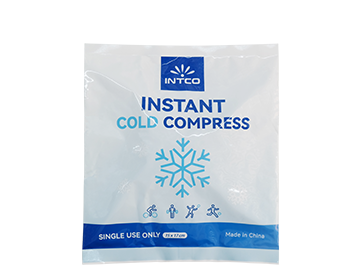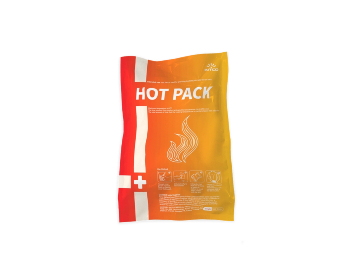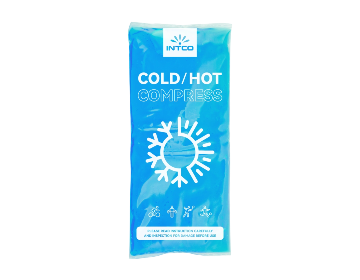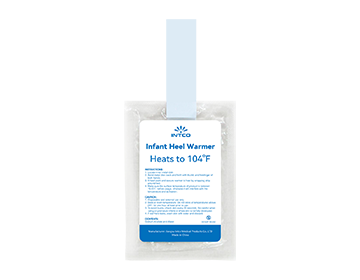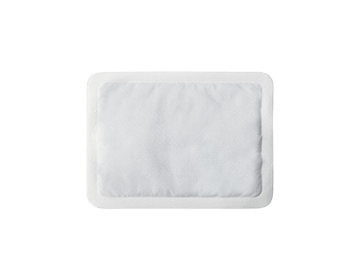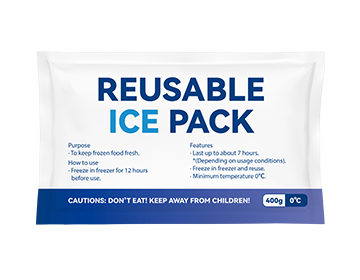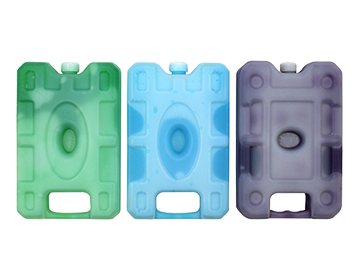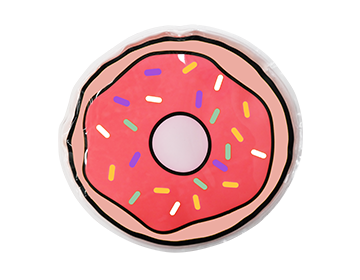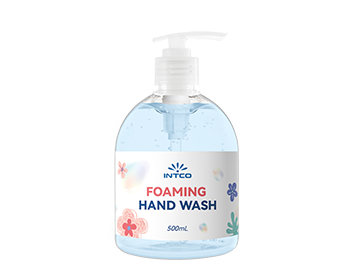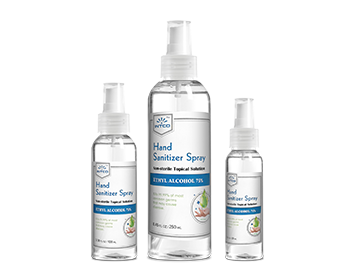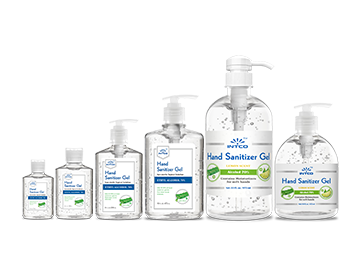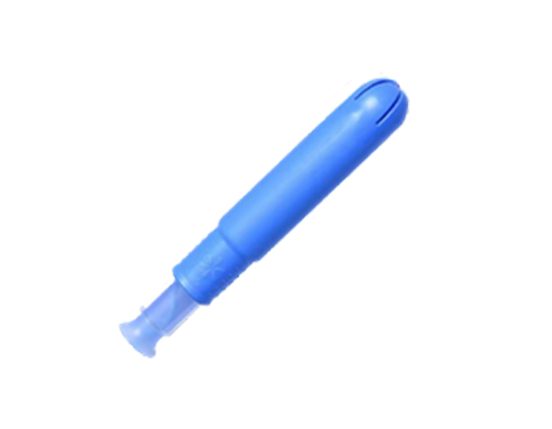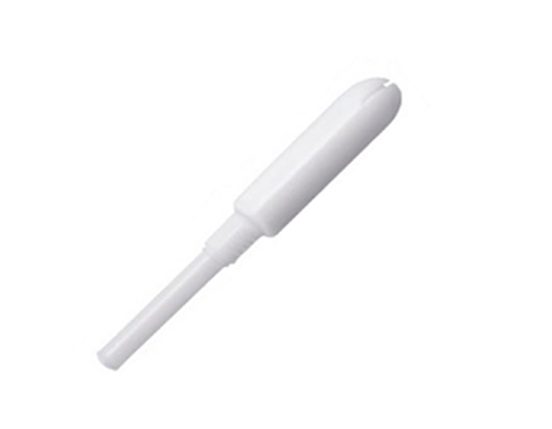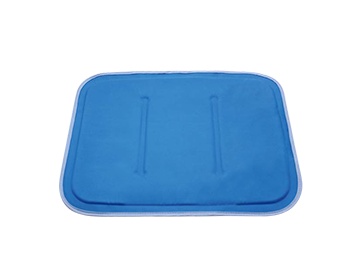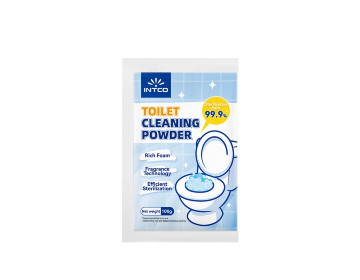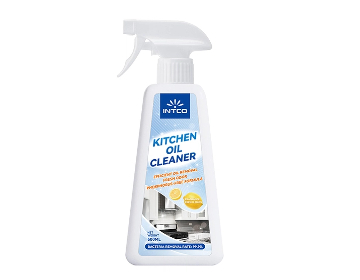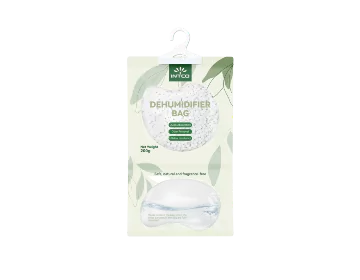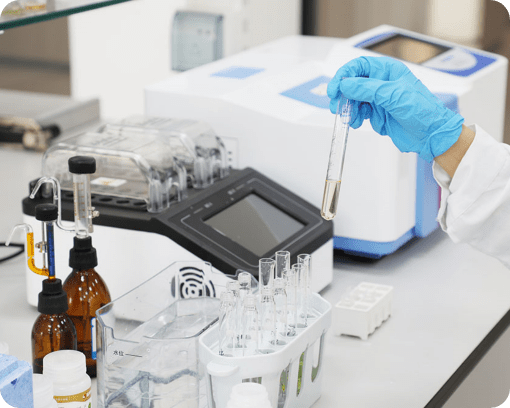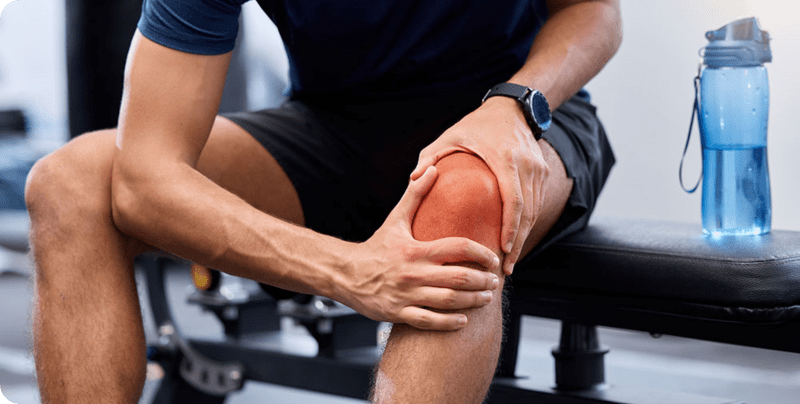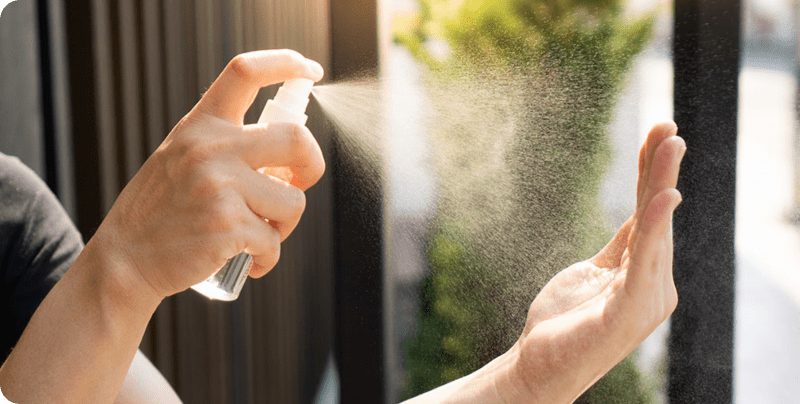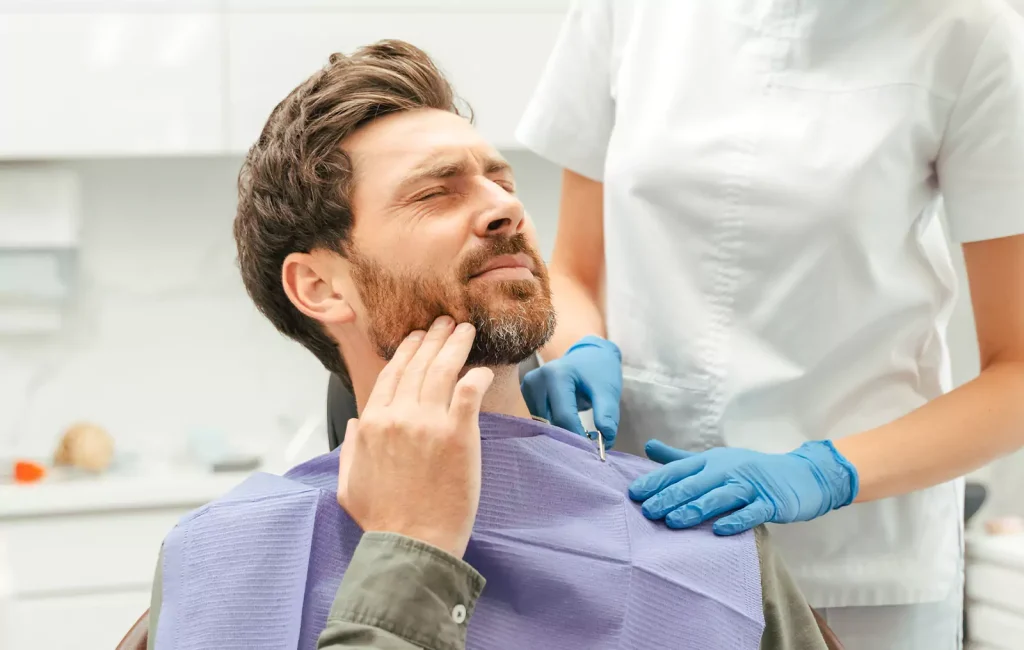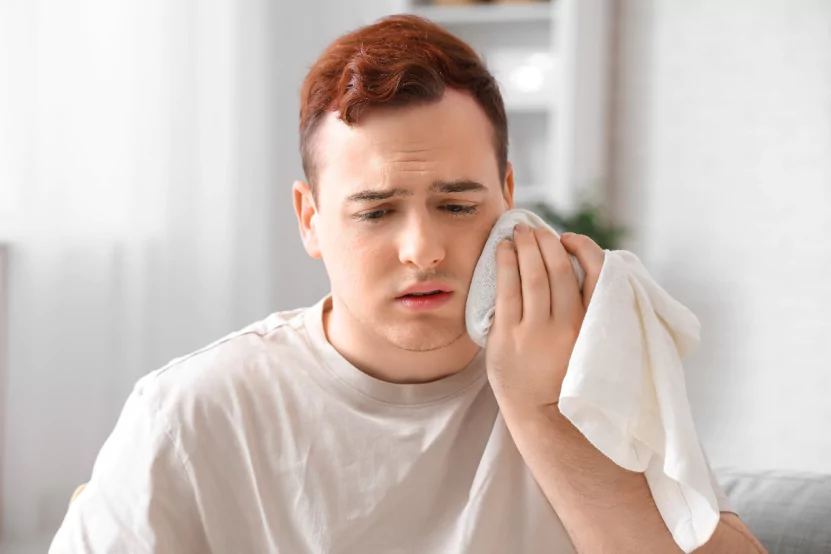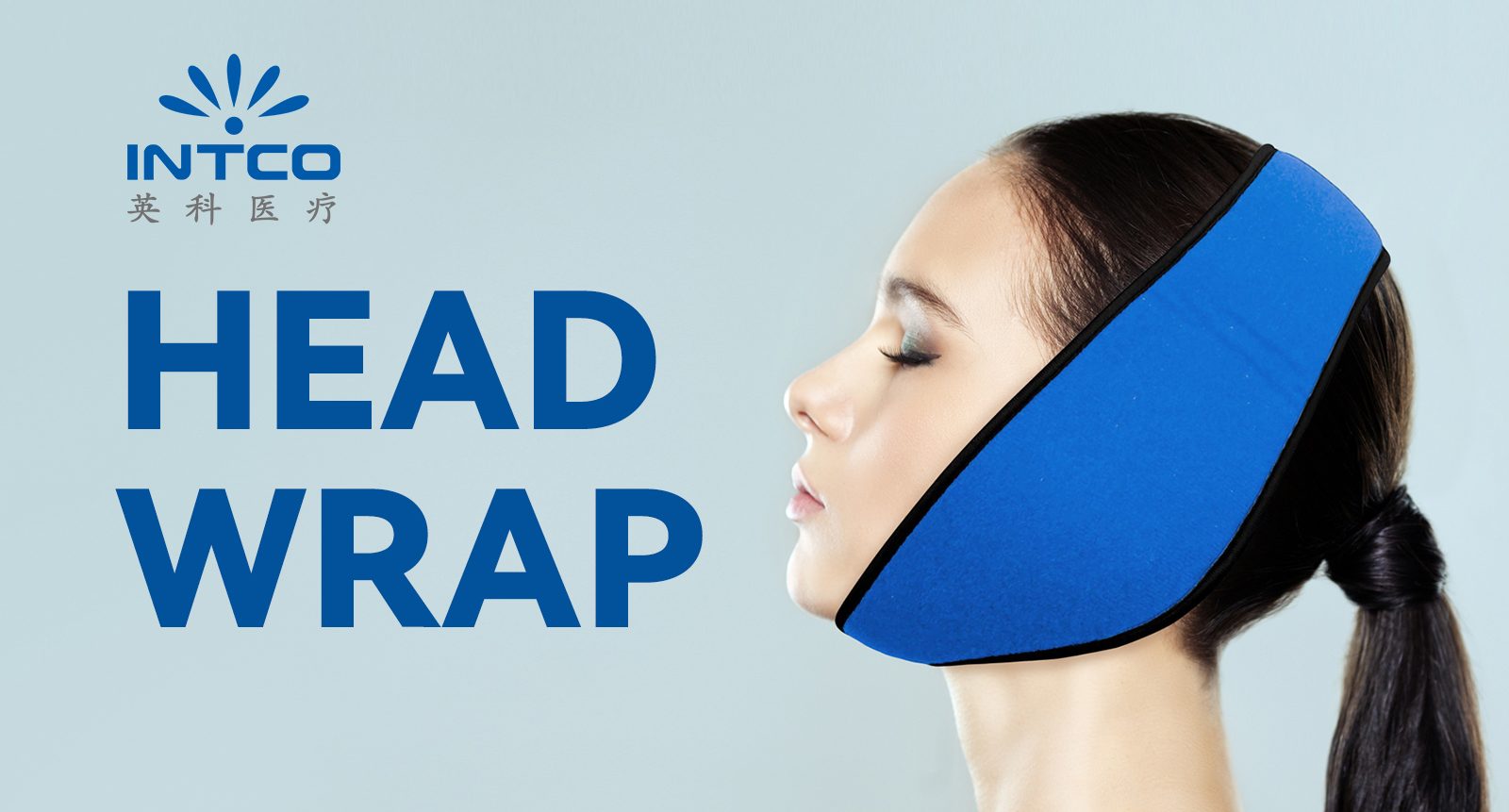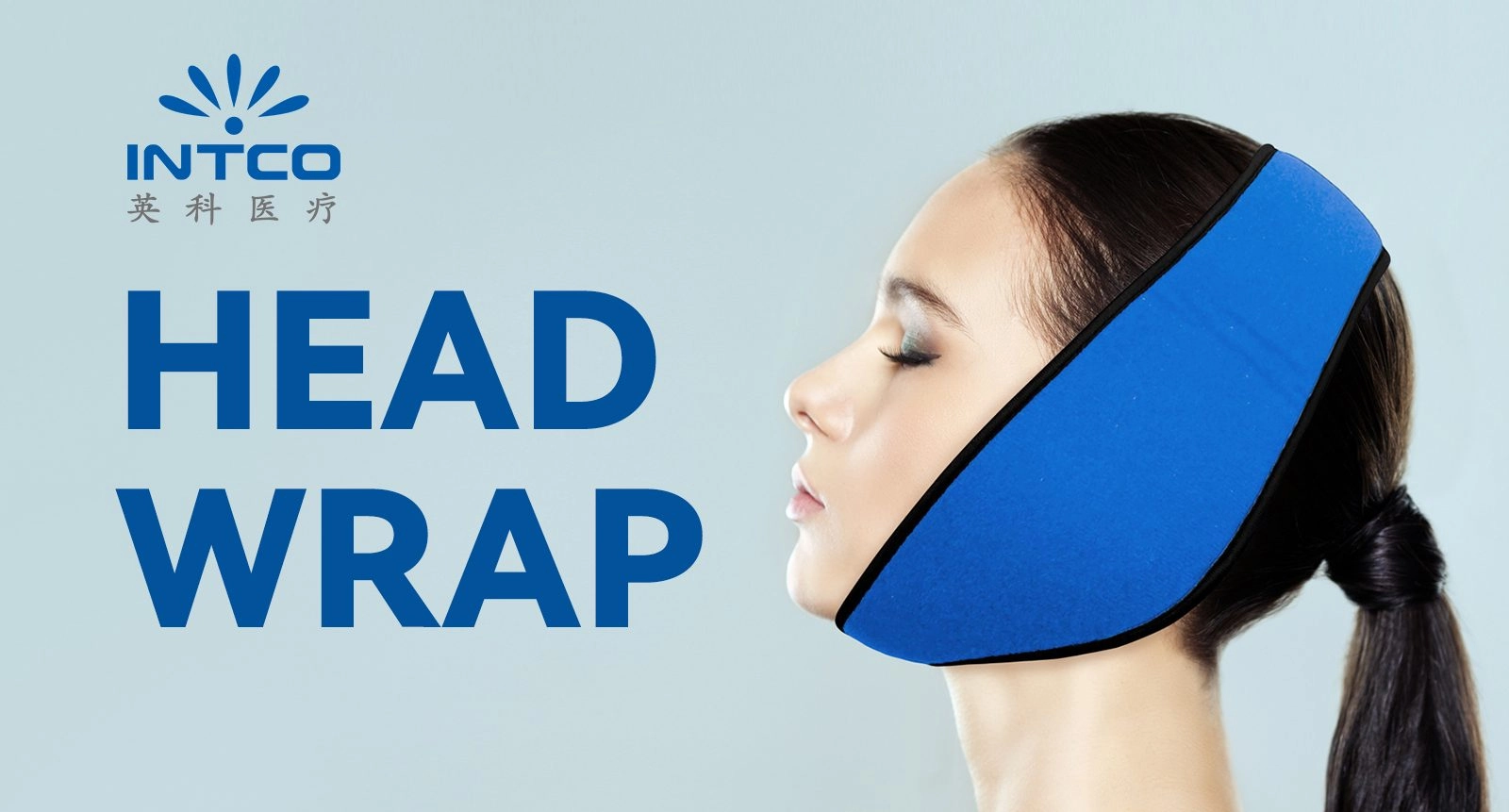How Cold Therapy Helps with Tooth Nerve Pain Relief: A Complete Guide
Understanding Tooth Nerve Pain and Why It Hurts So Much
Cold therapy is widely used in dental care to alleviate pain, swelling, and inflammation. A 2019 meta‑analysis found that cold compresses are as effective as compression alone in reducing post‑operative pain following oral surgery. Specifically, ice therapy has been shown to significantly reduce pain, trismus, and swelling after wisdom teeth extraction, with greatest benefits observed on postoperative day two.
A clinical trial published in Scientific Reports (June 2024) showed that applying an intraoral cold pack for 30 minutes markedly decreased both pain scores and the inflammatory neuropeptide Substance P in patients with apical periodontitis . This underscores cold therapy’s role in mitigating dental nerve pain and inflammation at the biochemical level.
The Science Behind Cold Therapy for Dental Pain Relief
Cold therapy (cryotherapy) works through physiological mechanisms that directly target the pain pathways and inflammatory responses causing your discomfort. When cold is applied externally to your cheek near the painful tooth.
Nerve Signal Slowing
Cold lowers nerve sensitivity and slows impulse conduction, meaning pain signals traveling from your tooth to your brain become diminished. This explains why the sharp edge of pain softens almost immediately after proper cold application.
Vasoconstriction Effect
Cold causes blood vessels to constrict (vasoconstrict), reducing blood flow to the affected area. This process significantly reduces inflammation and swelling around the nerve. Since swollen tissues pressing against nerves cause considerable pain, decreasing this pressure brings welcome relief.
Metabolic Rate Reduction
Lowering tissue temperature decreases cellular metabolism and oxygen demand. This reduced metabolic activity helps prevent additional damage to already-stressed tissues surrounding the irritated nerve.
These effects combine to create a natural, drug-free method to interrupt the cycle of pain and inflammation at its source. Unlike pain medications that mask discomfort systemically, cold therapy locally addresses the physiological mechanisms driving your dental agony.
Step-by-Step: Applying Cold Therapy Correctly for Tooth Pain
Proper technique maximizes benefits while preventing potential tissue damage. Follow this dental-recommended approach:
· Choose Your Cold Source: Use a flexible ice pack, a bag of frozen peas (conforms well to face contours), or a cold gel pack. For improvisation, wrap a cold drink can in a thin towel. Never apply bare ice directly to skin.
· Prepare a Barrier: Always wrap the cold source in one layer of damp, thin cloth (like a kitchen towel). This prevents frostbite while allowing therapeutic cooling. Direct skin contact with frozen objects risks tissue damage.
· Position Precisely: Apply the wrapped cold source to your cheek directly over the painful tooth, not generally on your jaw. Precision targeting enhances effectiveness.
· Follow the 10-On/20-Off Rule: Apply cold for 10 minutes maximum, then remove for at least 20 minutes. This cycle can be repeated throughout the day as needed. Never extend application beyond 10 minutes continuously.
· Avoid Direct Oral Contact: Do NOT place ice directly inside your mouth against the painful tooth. Extreme cold can damage gum tissue, increase sensitivity in healthy teeth, and paradoxically trigger more pain in exposed nerves.
“Never sleep with an ice pack—loss of sensation during sleep means you won’t feel warning signs of frostbite,” cautions Dr. Huang Wen-Long, a dental surgeon specializing in pain management. “Similarly, avoid continuous application; tissues need recovery time between cooling sessions.”
Critical Precautions: When Cold Therapy Isn’t Appropriate
While beneficial for many, cold therapy carries contraindications. Avoid cryotherapy if you have:
· Circulatory Disorders: Conditions like Raynaud’s syndrome, peripheral artery disease, or diabetes with vascular complications, as cold can further impair circulation and cause tissue damage.
· Cold Hypersensitivity: If you develop hives (urticaria), joint pain, or unusual skin reactions to cold exposure.
· Nerve Sensitivity Disorders: Conditions involving sensory nerve damage where you might not accurately feel excessive cold, increasing frostbite risk.
· Specific Body Areas: Never apply cold directly to your ears, neck’s back (occipital area), temples, or bare abdomen due to risks like nerve damage or reflex circulatory changes.
Additionally, cold therapy typically works best for acute pain flare-ups (sudden, intense pain) or within 48 hours after dental procedures. Its effectiveness diminishes for chronic toothaches, which require professional diagnosis.
Cold vs. Heat: Choosing the Right Therapy for Dental Pain
Understanding when to choose cold versus heat prevents exacerbating your pain:
Cold Therapy Benefits
· Acute pain flare-ups
· Post-extraction first 48 hours
· Swollen, throbbing pain
· Inflammation reduction
Heat Therapy Applications
· Muscle soreness in jaws (like from grinding/clenching)
· After the initial 48 hours post-procedure to enhance healing
· Dull, aching pain without swelling
· Never for acute inflammation—heat increases blood flow and swelling around nerves
A simple rule: If the area feels hot and swollen or the pain is sharp and sudden, choose cold. If discomfort involves stiff jaw muscles or is a dull, persistent ache without inflammation, moist heat (like a warm washcloth) may be more effective after the acute phase.
Professional Insights: What Research Reveals About Cold Therapy
While cold application is a longstanding home remedy, clinical studies present nuanced findings:
A literature review in the Journal of Periodontology noted that among seven studies examining cryotherapy after oral surgery, five showed limited clinical benefits, while two demonstrated significant reductions in post-surgical swelling and pain. This inconsistency highlights individual variability in response.
Researchers identified a key therapeutic threshold: Skin temperature must drop to approximately 10–15°C (50–59°F) for optimal anti-inflammatory effects, achievable typically within 10–20 minutes of proper cold application.
Professional consensus strongly supports the intermittent application protocol (10 minutes on, 20 minutes off) rather than continuous cooling, balancing efficacy with safety.
When to Seek Emergency Dental Care
While cold therapy offers temporary relief, it’s not a cure. Persistent tooth pain signals an underlying problem requiring professional intervention. Contact your dentist immediately if you experience:
· Pain lasting longer than 24–48 hours despite cold therapy
· Fever, swelling spreading to your face or neck, or foul taste (signs of infection)
· Difficulty breathing or swallowing (indicating severe swelling)
· Trauma to teeth (cracks, chips, or knocked-out teeth)
Ignoring these signs risks serious complications, including widespread infection or tooth loss.
Conclusion: Integrating Cold Therapy into Your Dental Pain Management Plan
Cold therapy serves as a valuable, readily available tool for managing acute tooth nerve pain by harnessing fundamental physiological processes—nerve desensitization, vasoconstriction, and metabolic reduction. When applied correctly and intermittently to precise facial locations, it offers significant, drug-free relief during those critical hours before you can see your dentist. However, always approach it as a temporary measure rather than a definitive solution. Combining cold applications with prompt professional dental evaluation addresses not just the symptoms but the root cause of your tooth nerve pain, ensuring lasting oral health and comfort.
For effective relief from tooth nerve pain, INTCO Healthcare offers high-quality cold therapy products such as gel packs, instant cold packs, and ice head wrap designed for oral and facial use. As a trusted OEM/ODM manufacturer, INTCO provides scalable production, customizable solutions, and strict quality control—ideal for dental clinics, pharmacies, and healthcare brands seeking reliable pain relief products.

